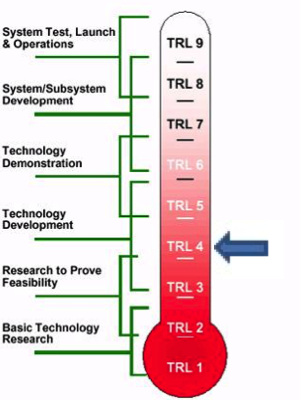A01
ENEA Technology
MICROCOSM FOR GROWING PLANTS UNDER BIOTIC AND ABIOTIC CONDITIONING

Technology Readiness Level (TRL)
4
Innovations and Benefits
The Microcosm for the raising of plants under biotic and abiotic conditioning allows to grow terrestrial plants in a confined environment and in given environmental conditions. It is an environment in which it is possible to control and manage different and diversified microenvironmental conditions between the part intended to house the epigean part and the part intended to house the underground part of the plants. Inside, it is also possible to grow organisms of different nature both in planta and in the cultivation environment of the plant, limiting the diffusion of symbionts, pathogens and parasites, both from the external environment and towards the external environment. Modularity, sectionability and accessibility enable the apparatus to be utilized in extremely diversified research actions. The reduced dimensions enable the apparatus to be placed in environments with small extension and to be located both in indoor and outdoor environments. The equipment is designed so as to be able to house sensor systems for monitoring various micro-environmental parameters. The system enables remote management of all the functions, thus making possible placing the apparatus even in less accessible environments. The Microcosm is under a national and international patent procedure (ENEA 813 patent).
Use
Applications and ongoing Activities
The Microcosm was created within the TRIPODE Private Public Laboratory, in collaboration with FOS S.r.l. and Sesmat S.r.l., as part of the PON02_00556_3420580 SMARTAGS project and is currently used to study the emission of volatile organic compounds emitted by plants and the effect of light emitted by innovative devices on plant performances.
“If you are interested in this technology/service, please send a message to eneaperlinnovazione@enea.it, by specifying the title of the technology/service of your interest, the reason for your request and your contacts or the contacts of a person from your organization/company.
